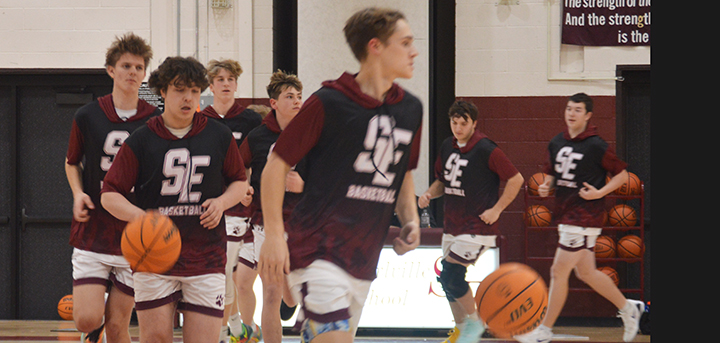Time is always of the essence when bowhunting
With the bowhunting season for Southern Zone deer underway now (it opened Oct. 18), the biggest challenge facing the majority of bowhunters is less about getting the ideal in-range fatal shot at a whitetail and more about being able to withstand the many hours normally required before it happens, if at all.
Unlike other forms of hunting – be it for small or big game – bowhunting for deer is a waiting game. The hunter usually chooses to hunt from a tree stand overlooking a well-used deer run or a prime feeding area such as the fringe of a corn or alfalfa field, apple orchard, or white oak grove containing plenty of mast (acorns). Obviously the optimum hours to be on stand is early and late in the day when deer tend to be moving to and from bedding and feeding areas. But seeing a deer and seeing one that's within effective bow range and unaware of the hunter's presence are two vastly different experiences. The latter may only occur only once out of several deer sightings, even in an ideal stand location, so the rest of the hours become a waiting game.







Comments